Most traders, including novices, know that prices that reach the support line, bounce up and prices that reach the resistance line retract. This applies to price activity within a range. In fact, it taps into the very definition of range – price action within a bounded area on the chart. Due to this, range trading is very popular – so much so, that many systems have been designed around trading support and resistance and extracting the most out of the predetermined path of the price.
The problem is that it’s difficult to know when the price will ultimately break free from the sideways movement of the range, particularly when volume isn’t readily available.
What is Support?
The point when demand overcomes supply, right below the price in question, is known as the support. To put it another way, at this level prices are pushed higher because there’s more pressure to buy than to sell.
Once prices reach this level, the dominant movement (downward) stops and the direction changes upward. Support is sometimes referred to as a bottom, or trough.
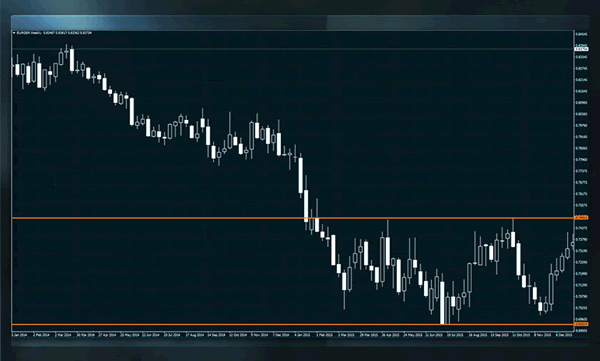
What is Resistance?
The point where supply overcomes demand, right above the price in question, is known as the resistance. To put it in another way, at this level, prices are pushed lower because there’s more pressure to sell than to buy.
Due to this, once prices reach this level, the dominant movement (upward) stops and the direction changes downward. Resistance is sometimes referred to as top, or peak.
What is Uptrend?
A succession of higher tops (or peaks) and higher bottoms (or troughs) form a pattern known as the uptrend. During this type of trend, the levels of resistance are unable to withstand buying pressure as demand dominates supply. As a consequence, prices go through resistance levels and register higher highs on the chart.
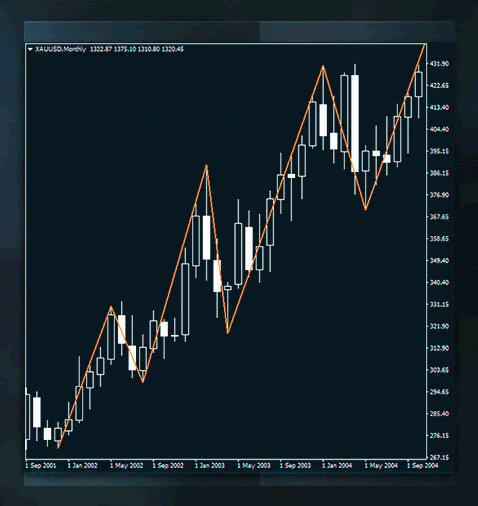
What is a Downtrend?
A succession of lower tops and lower bottoms form a pattern known as the downtrend. During this type of trend, the levels of support are unable to withstand selling pressure, as supply dominates demand. As a consequence, prices break through support levels and register lower lows on the chart.
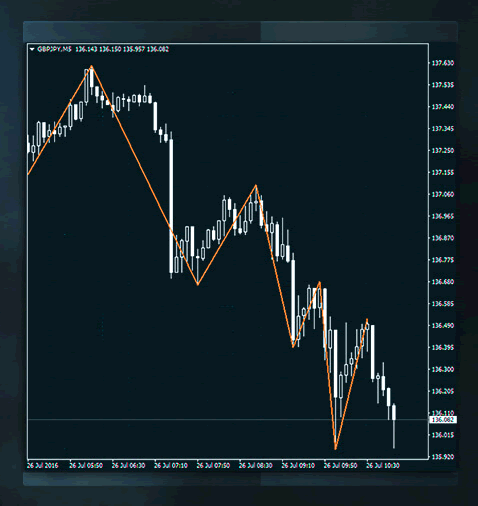
What are Uptrend Lines?
The uptrend line stands in for support during an upward price movement; i.e. it is the line at which prices usually bounce up. As with support, prices are forced higher because there’s more pressure to buy than to sell.
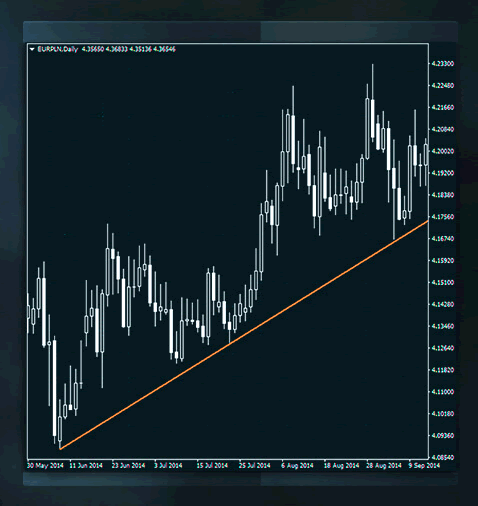
What are Downtrend Lines?
The downtrend line stands in for resistance during a downward price movement; i.e. it is the line at which prices usually get pushed back down. As with resistance, prices are forced lower because there’s more pressure to sell than to buy.
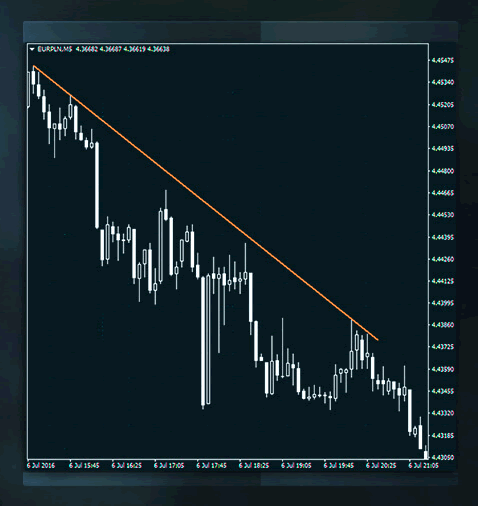
The Role of the Moving Average
If you want proof that support and resistance levels are not only marked by straight lines, you just need to look at moving averages. These curved trend lines also act as support and resistance.
During an upswing, the price moves away from the moving average and registers higher highs – indicating that demand is overcoming supply. Once the price retreats, it finds support by the moving average, as the pressure to buy becomes stronger than the pressure to sell.

The opposite is true during a downswing. Price moves away from the moving average and registers lower lows – indicating that supply is overcoming demand. Once the price bounces back up, it finds resistance by the moving average as the pressure to sell becomes stronger than the pressure to buy.
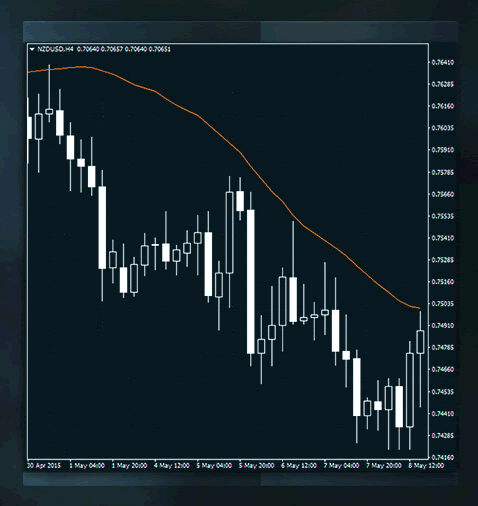
How to Trade Support
Most traders keep a very close eye on support and resistance levels during their trading. The logic is quite simple; since prices tend to bounce upward from the support line, the natural reaction is to find a reason to buy.
These reasons usually come in the form of a bullish pattern, such as a double bottom, inverse head and shoulders, or a triple bottom, to name a few examples.
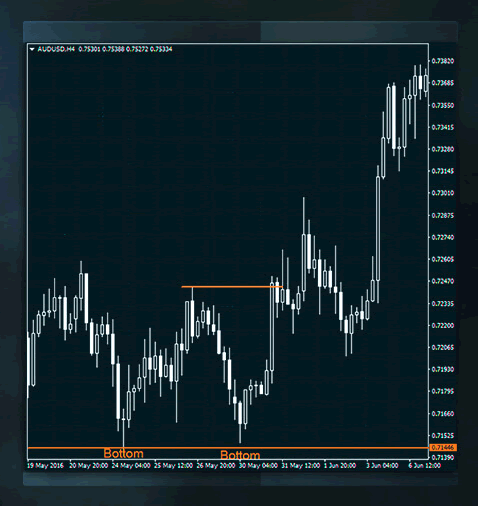
Another reason to buy would be if a bullish candlestick formation like a hammer, is spotted for example.
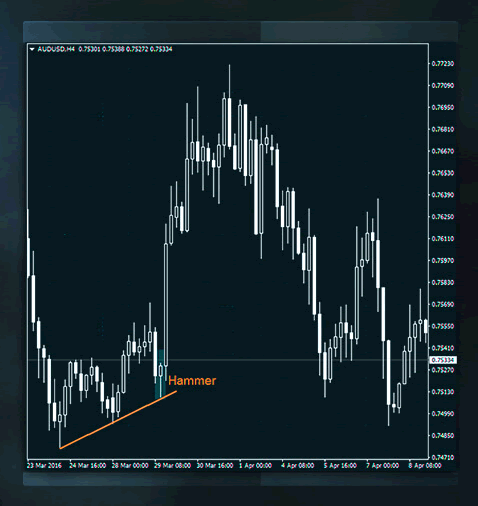
How to Trade Resistance
Since prices tend to pull downward from the resistance line, the natural reaction is to find a reason to sell.
These reasons come in many shapes and sizes, including the presence of a double top, head and shoulders, or triple top formation.
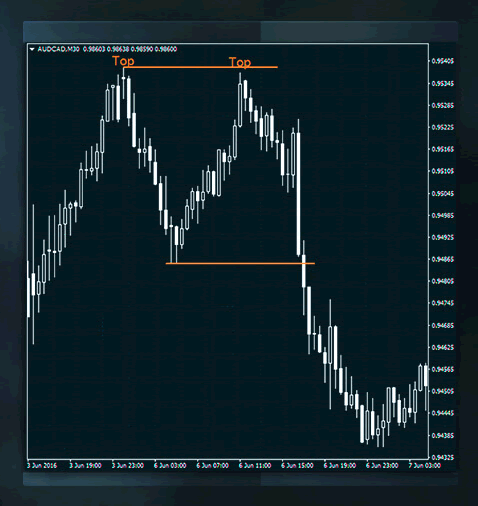
Another reason to sell would be if a bearish candlestick formation, like a shooting star, is spotted for example..
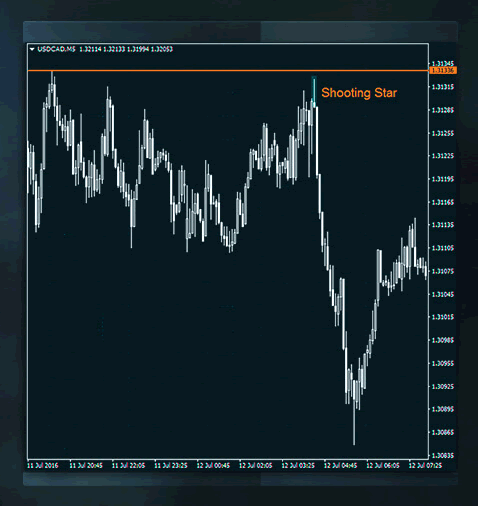
What is Swing Trading?
Price action is often known to crack the support line and break through the resistance – going against the usual tendency of getting stopped by either level. This price movement can occur during either an uptrend or a downtrend.
In the case of an upward trend, traders tend to buy when the price action punctures through the resistance level. The same is true during a trend reversal; i.e. when a downtrend ends its trajectory and an uptrend starts to form.
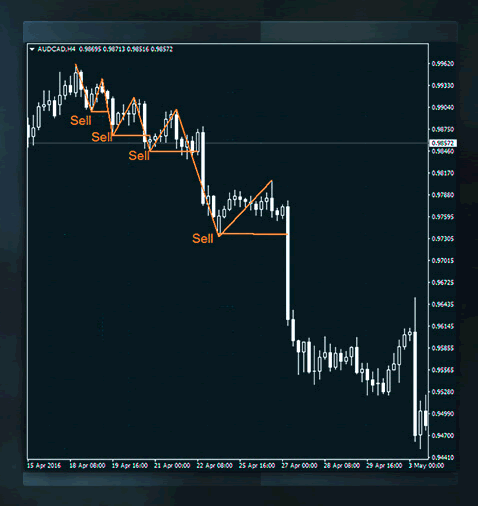
In the case of a downward trend, traders usually sell when the price action goes beyond the support level. The same is true during a trend reversal; i.e. when an uptrend ends its trajectory and a downtrend starts to form.
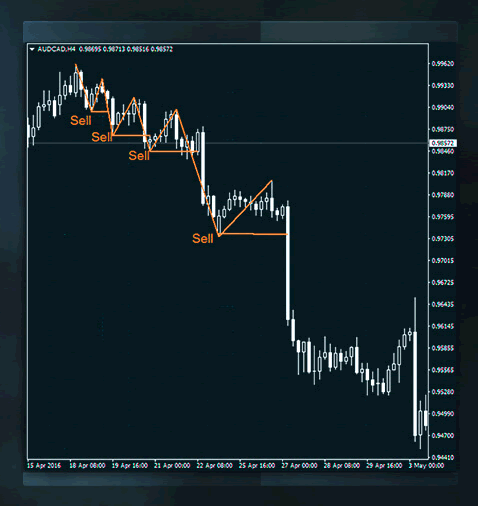
In Conclusion
Many traders will look to support and resistance levels whenever they want to get the most out of a predefined pattern of behaviour, within a limited area on the chart, like a range.
Common practice sees buying at the point when the price bounces from support, and selling when it pulls back from resistance. Traders are warned to be cautious and not get too comfortable when trading support and resistance, but generally speaking, if this kind of behaviour becomes apparent, it’s usually a sign of good trading opportunities.
When trading support, look for a solid technical reason to buy – don’t just rely on the fact that the price reached the line. The same goes for selling at the resistance level.
In the event that resistance doesn’t hold up during an upward movement, and prices burst through one resistance level after another, this becomes a trend-following opportunity to buy.
In the event that it doesn’t hold up during a downward movement, and prices breach one support level after another, this becomes a trend-following opportunity to sell.
Ultimately, regardless of what some say, following support and resistance levels can be valuable for a trader, but they should not be relied on completely. Sometimes they hold and sometimes they don’t! So trade wisely.












